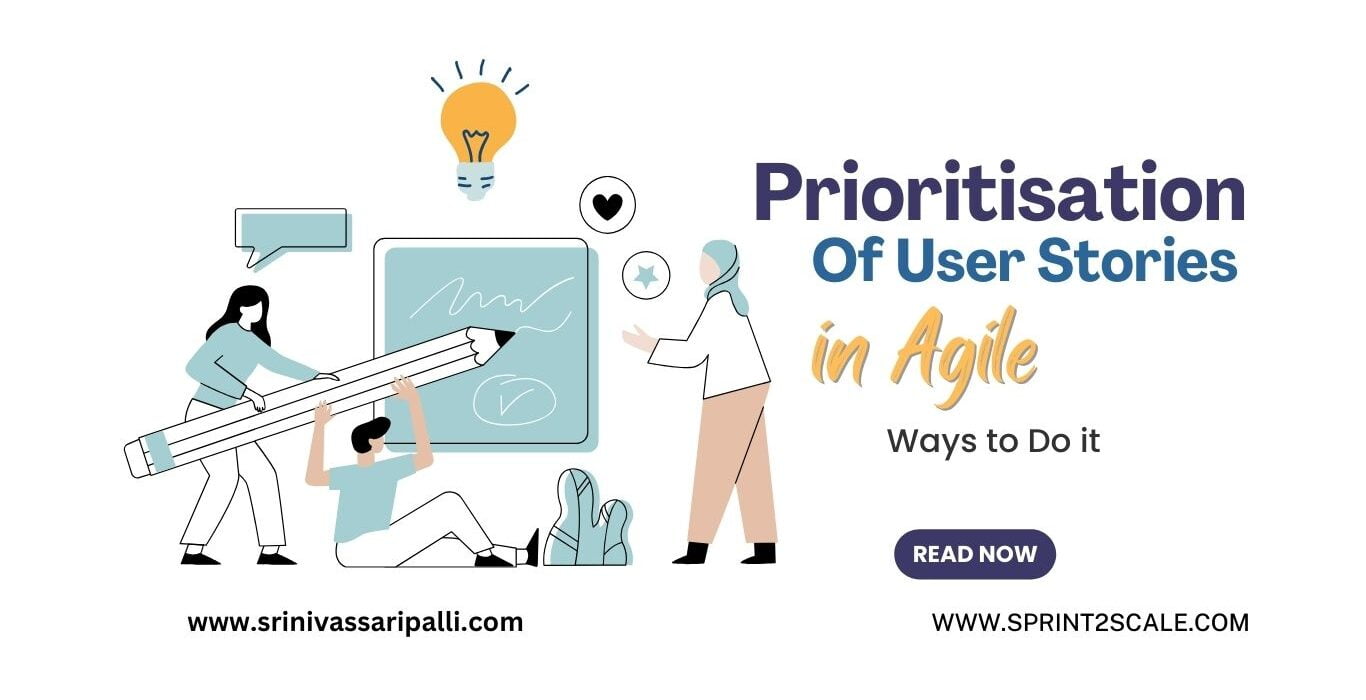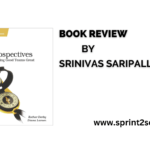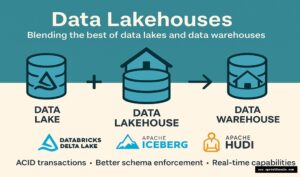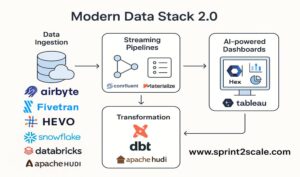Table Of Content
Uncertainty is common in agile projects. It is not a good idea to start making everything that is requested just because you have a large number of User Stories from all the stakeholders, including users. You can’t know what resources you’ll need for your User Stories until you begin to develop them. On top of that, you need capital to acquire resources, and you need always consider efficiency and ROI before beginning construction. This article explores the Prioritization of User Stories in Agile & Ways to Do It.
You have plenty of stories to choose from, but you need to prioritise your work. Agile planning relies on prioritising user stories. This will help you prioritise your stories based on their value and potential for success.
The team meets to discuss and vote on which stories should be prioritised. One must keep in mind that in order to expedite the product’s release to the market or shipment to the consumer, prioritisation must be based on crucial features.Teams are able to self-organize, create a visual roadmap, and begin concentrating on the most important features rather than the ones that don’t contribute much.
How to prioritize User Stories
Prioritizing User Stories should be based on three criteria: size, importance, and urgency.
Urgency: Time is of the essence. Stories must be prioritised according to their level of urgency. Failure to address an urgent matter may likely lead to incorrect prioritisation. The time spent worrying about things that aren’t immediately critical cannot be recovered. Rightly identifying the urgencies becomes crucial as a result. Having said that, time is not the sole consideration. Other, more pressing matters may be lost in the shuffle as you attend to the most pressing ones. In this case, you should also consider the value of storytelling.
Importance: The importance of something depends on how urgent it is, but the reverse is not always true. However, a User Story’s significance should perpetually be highlighted as a priority. Ignoring its importance may cause it to grow urgent and cause further issues down the road. You should always try to strike a balance between importance and urgency, even though doing so may have consequences.
Prioritizing tasks only according to customer follow-up is not always good or recommended. Even if they are the least likely to follow up, your best customer is the one you should not ignore. The number of complaints from customers or the amount of pressure from stakeholders should not be used to determine their importance. Keep things from becoming an emergency by focusing on what is truly necessary. Better management of your Backlog is possible if you base important decisions on the positive behaviour of your customers. To better manage your Backlog, read the article, Enhance Agility with Backlog Refinement
Size: The solution to developing a Sprint includes balancing the size, which is just as important as balancing the urgency and importance. While it is ideal for Sprint development to be unimpeded and continuous, it is not uncommon to begin a feature only to observe it being obstructed. Because of this, you should prioritise tales of all sizes. Having just large tales in your Sprint can force you to hand them over midway through, forcing you to bring in smaller stories to fill in, regardless of how urgent or important they may be. As a result, the development will be slowed down, which could lead to delays.
Thus, to achieve a sense of equilibrium in your time orientation, your priorities should be proportional to their size, importance, and urgency. Increased productivity and superior outcomes are the outcomes of more efficient time management. Now that we’ve covered the considerations, let’s talk about how to rank User Stories in Agile. How can we get the priority setting correct using several approaches?
The User Stories are generally prioritized using the following approaches:.
“MOSCOW”
The MoSCoW approach is going to be used as the first way that we are going to outline in order to prioritise User Stories. MoSCoW is an acronym that stands for “Must have, Should have, Could have, and Won’t have.” the acronym is expanded. Furthermore, these are the foundations upon which the User Stories are prioritised;
Must Have: Stories that are considered “must have” are those that must provide a functionality that is essential to the accomplishment of the project. As a result, they need to be implemented as soon as possible. It is possible to comprehend the significance of these User Stories by considering the fact that the failure to implement even a single User Story that is essential to the project could lead to the failure of the entire endeavour. In light of this, these must-have stories are absolutely necessary, and they must define the bare minimum of functionality that will make these stories possible.
Should Have: Should include User Stories that feature some capability, which, if the product does have it, will provide a great deal of value to the product. When it comes to the success of the project, these User Stories are also extremely important. The implementation of these stories can be postponed for a short period of time and put into action at a later time, despite the fact that they are vital but not as critical as the ones that are required.#nbsp;
Could Have: These stories will provide some value, but they are not necessary. Providing that you have some narrative elements accessible, you are able to incorporate these User Stories into the Sprint. However, in the event that something unexpected takes place, it is easy to disregard them. In the event that you do not elect to implement these stories, they will remain in the backlog until you make the decision to implement them.
Will Not: Will not have stories that are of the least possible importance and value. Even though they are necessary, the value that they bring to the company is not very significant. As a result, these User Stories are the ones that are addressed last. Should they continue to accumulate, they may result in a significant amount of technical debt.
The Matrix of Complexity
Here we have the second way to sort your User Stories in order of importance. Unlike the MoSCoW method, which prioritises tales according to their value, this one uses the User Story’s complexity to determine its priority. Better decisions are made as a result of this. Prioritizing User Stories in the complexity matrix takes narrative points into account. A four-box matrix can be used to classify four distinct story types. They are:
- The story has a high value and is not complex
- The story has a high value and is complex
- The story does not have high value and is not complex
- The story does not have a high value and is complex
You can see exactly which User Stories are priority #1 and which are secondary by sorting them in that matrix. This will make the prioritisation crystal clear. You will be able to tell which stories require immediate attention, which can wait, and which should be discarded altogether.
The Hippo Method
The Hippo stands for the Opinion of the Highest Paid Individual. It may be a member of upper management, a client, or even an ineffective investor. Typically, this individual does not seek input from others when making judgements and instead takes charge of everything. This individual is responsible for prioritising the User Stories and determining the sequence in which they will be addressed. The risk of alienating and demoralising the team members is high with this approach.
Stories would be prioritised by a hipposhippo according to their essentiality. Such stories that aren’t relevant or necessary could be given more priority than they deserve; if they had communicated with other team members, they would have known about them. Because of this, the team’s efficiency drops significantly, and they have no idea what’s happening or why;
The Iron Triangle
You can make important decisions using the iron triangle method, which is based on the three sides of the triangle: time, cost, and scope. Any project’s success is highly dependent on time. The project could get derailed or cause confusion if there are any excessive delays. However, meeting deadlines cannot be achieved at the expense of quality. Prioritizing the User Stories should take these factors into account.
However, the breadth of the project is the primary factor that will determine how long it takes to finish. It takes more time for a larger scope. In order to keep quality high and meet deadlines, you need to have enough time and resources. The massive scale also necessitates additional resources, which adds to the expense. Increasing your spending limit is tempting, but it won’t cut it. A larger workforce and greater capital won’t always make a project go more quickly. Unfortunately, it’s fairly uncommon for developers to receive equal amounts of features and stories. It is therefore dependent on the project’s scope. You have some say over this. Consequently, you need to be realistic when choosing the project’s scope to ensure it can be finished within the allotted time and money. Therefore, you should sort your User Stories in the Backlog by importance.
WSJF (Weighted Shortest Job First)
Weighted Shortest Job First (WSJF): lean but time-consuming way to introduce minimum marketable features
Weighted Shortest Job First is an element of the SAFe Lean-Agile framework, which tends to be used in medium-to-big companies. It suggests scoring each feature by dividing the cost of delay by job duration. At its core, WSJF is similar to Value vs Complexity, but provides more detailed guidance.
Cost of Delay (CoD). This metric defines how much the company loses if the given feature isn’t implemented. Traditionally, CoD is a sum of three elements:
- User-business value: How important is the feature to businesses and customers?
- Time criticality: Will the user-business value reduce over time?
- Risk reduction: Does the feature reduce business and technical risks?
The values that you put into these variables must start with 1 as the lowest and the others set relative to that.
Job duration. The duration is also measured in relative points and defines the time needed for implementation.
So, in the end, you get this formula:
WSJF = CoD/Job duration
The higher the rate, the higher its priority. When the rate is calculated, features are introduced in the following order:
- Non-comprehensive features with high-added value.
- Complex features with high-added value.
- Non-comprehensive features of lesser-added value.
- Complex features with lesser-added value.
This concludes our Agile User Story Prioritisation Guide. You can set priorities effectively if you accurately evaluate the size, importance, and urgency of your User Stories. The goal, regardless of the approach you take, should be to organise the User Stories in a way that does not sacrifice either quality or time. Just as crucial as correctly prioritising User Stories is keeping the team informed so they are engaged and have a clear understanding of the priorities. Remember that your ultimate goal should be the satisfaction of your client and the completion of your project.







No Comment! Be the first one.